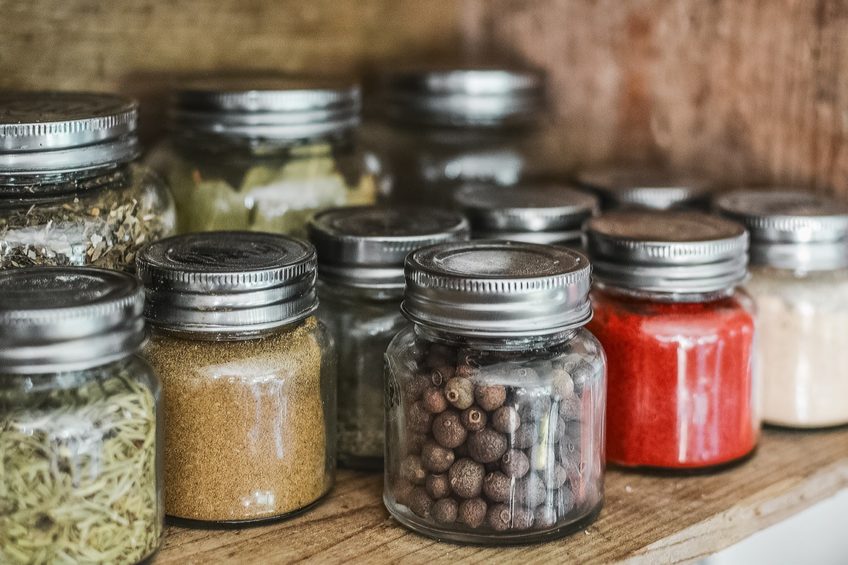Making Your Own Pantry Staples: Herbs
Have you ever purchased an Italian seasoning blend (or something similar) and realized that you actually had all of the ingredients to make it yourself? When you have a look around your kitchen, you may see that it’s fairly easy to create your own staples to store in your fridge or pantry. This helps to reduce food costs but can also reduce food waste, and allow you to get creative in the kitchen. You can create anything: salad dressings, sundried tomatoes, nut butters and even dried herbs. Our first pantry staples blog is dedicated to herbs, but keep your eyes open for more in the series!
With the summer days becoming shorter and the slight cool chill in the air, you may find yourself wondering what to do with the fresh herbs you’ve grown yourself, received from a friend or purchased at the farmer’s market. There are tons of ways you can use fresh herbs, such as throwing them in salads, making pesto, seasoning protein or even adding them to desserts. Your herbs don’t have to go to waste!
Drying Herbs
Air-drying herbs is one of most affordable and easiest ways to dry your herbs. However, this method works best for herbs that have low moisture content, like dill, oregano, rosemary and thyme. Here are some steps for successful herb drying:
- First things first: harvest your herbs. Ensure that you do this before your herbs have had a chance to flower. Only use healthy branches for drying.
- If necessary, wash your herbs and pat dry with a paper towel. Ensure they are completely dry, as wet herbs will mold. Remove the bottom leaves and bundle a handful of stems together, tying at the bottom with a string or band.
- Using a paper bag, label it with the name of the herb and punch holes in it. Place the herb bundle upside down in the bag, and gather the bag opening around the tips of the herbs and tie closed.
- Hang your bags in a warm room with good air circulation. Check on its progress after a week or two!
Storing Dried Herbs
After doing the work to dry your herbs, you want to ensure that you store them properly so you can reap the rewards of having them on hand.
- Once your herbs are dried, remove any that appear to be slightly moldy.
- Small canning jars work great for storage. Make sure you label and date your containers.
- Store your dried herbs whole and crush when needed—this helps them to retain more flavour. They are best if used within a year.
Tip: 1 tsp. of dried, crushed herbs is equivalent to about 1 Tbsp. of fresh herbs.
Freezing Herbs
This method works great for herbs with higher moisture content, like mint, basil and chives. Frozen herbs keep their flavour well and can be used in the same proportion as fresh. Here are 2 ways to freeze fresh herbs:
Freezing Leaves in Ice Cubes
- Use your freshest, best herbs for freezing. Discard any that are past best use.
- Using an ice cube tray, freeze 2-3 leaves or about 1 Tbsp. of chopped leaves in each cube. Cover the leaves with water until half-full and freeze.
- When the trays are mostly frozen, fill the rest with water. This method prevents the leaves or pieces from moving around in the trays.
- Once completely frozen, store the ice cubes in a labeled airtight container.
Tip: This method works great for throwing the ice cubes into soups or stews in the dead of winter for a pop of flavour!
Freezing Leaves on a Tray
- Just like you might do with fruit, spread individual leaves spread out on a baking tray and freeze.
- Once frozen, transfer the leaves into a labeled, airtight container.
Getting Started
When it comes to making your own pantry staples, start small and focus on one thing at a time. Figure out what is important to you to make at home, and start with that! A great step in the right direction is stocking up on storage containers and labels so you have the tools on hand when you start making your own pantry staples. Specifically for herbs, a great idea is to invest in a spice grinder. This will allow you to quickly and easily use your dried herbs so you can enjoy the fresh garden flavour.

